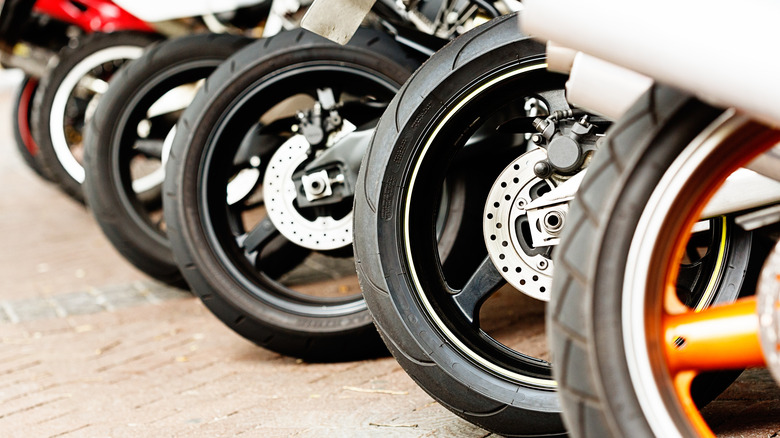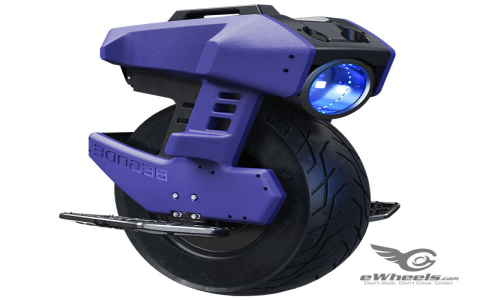Alright, let’s talk about motorcycle tires. For the longest time, I was just like probably many folks out there – I only cared about the tread. You know, looked down, saw deep grooves, figured I was golden. Kept riding.

I didn’t really think much beyond that. If it wasn’t bald, it wasn’t bad, right? That was my simple logic. I’d check the pressure, glance at the tread, and off I went. Did this for years with my bikes.
Learning the Hard Way (Almost)
Then I bought this used bike a while back. Looked great, low miles, and the tires? Man, they looked practically new. Deep tread, no obvious flat spots. I was happy with the deal. Rode it home, felt fine. Rode it around town for a few weeks, still felt okay, maybe a tiny bit stiff but I chalked it up to a different bike feel.
One slightly damp morning, I was taking a familiar corner, nothing crazy, maybe 20 mph. The back end just stepped out on me, real sudden like. Scared the heck out of me. Didn’t go down, but it was way too close. Got home, heart pounding, and really started looking things over.
Everything seemed fine mechanically. Brakes okay, suspension okay. Then I remembered something an old timer mentioned once about tire age, not just wear. So, I crouched down and started looking for that date code you hear about. Had to clean off some grime, but I found it. Four little numbers in an oval.
Finding the Date Code

Took me a minute to figure out what I was looking at. The last two numbers are the year, the first two are the week of that year. Well, damn. These “new looking” tires? They were nearly eight years old! Manufactured way back.
My Process Now
That little slide changed everything for me. Now, checking the date code is just as important as checking the tread depth or pressure. Here’s what I do:
- Locate the DOT stamp: I look for “DOT” on the sidewall. Nearby, usually at the end of a string of letters and numbers, there’s often an oval (or just the numbers) with four digits.
- Read the date: WWYY format. Like ‘3218’ means the 32nd week of 2018.
- Make a decision: This is my personal rule, not gospel. If a tire is hitting 5 years old, I start thinking seriously about replacing it, even if the tread looks okay. The rubber just feels different to me after that long. It gets harder, less grippy, especially in wet or cold conditions.
- Hard Stop at 10 Years?: Honestly, I’ve never let a tire get close to 10 years since that incident. Some manuals might say 10 years is the absolute max if stored perfectly and inspected annually, but nah. Not for me. Why risk it? The cost of new tires is nothing compared to a hospital bill or worse.
I also look for tiny cracks in the sidewall or between the tread blocks. That’s dry rot. If I see that, the tire is done, period. Doesn’t matter how old it is or how deep the tread is. Storage matters too – keeping the bike out of direct sunlight helps, covering it up. But time still marches on, you know?
So yeah, that day the rear stepped out taught me a valuable lesson. Tread depth tells you part of the story. Tire age tells you the rest. Now I check both, religiously. It’s just part of owning and riding a bike safely, least that’s how I see it now.
